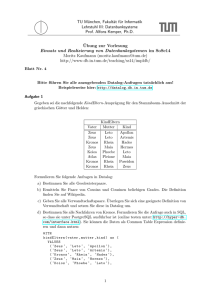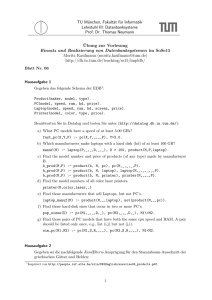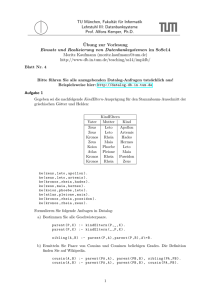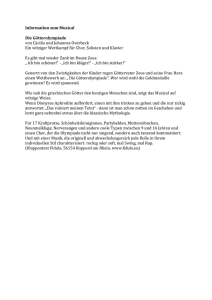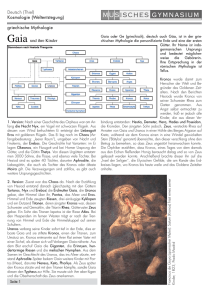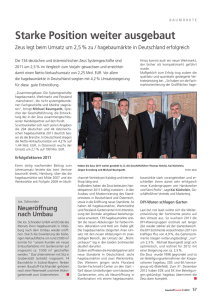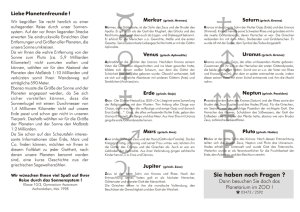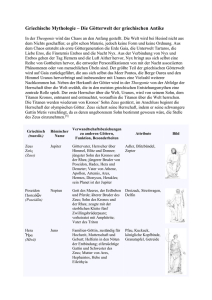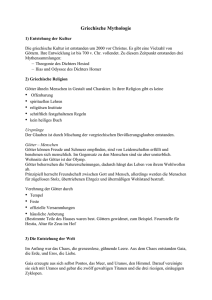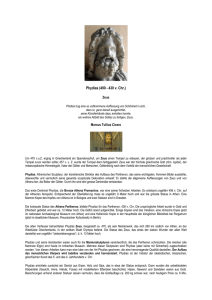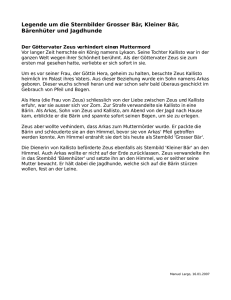TU München, Fakultät für Informatik Lehrstuhl III: Datenbanksysteme
Werbung
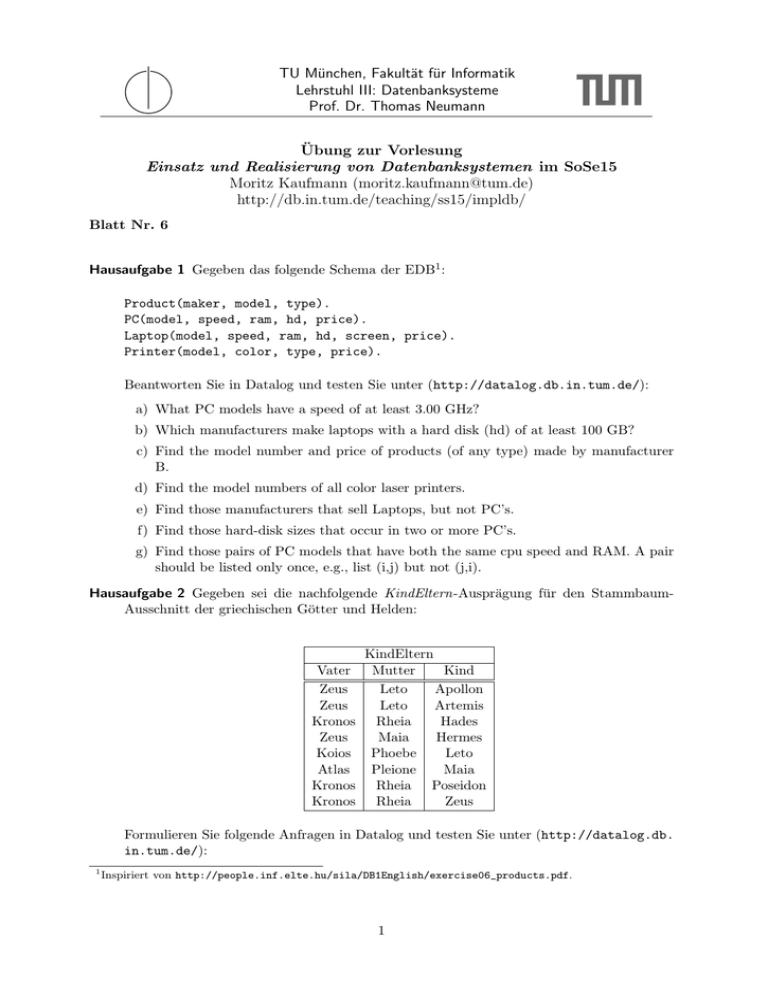
TU München, Fakultät für Informatik Lehrstuhl III: Datenbanksysteme Prof. Dr. Thomas Neumann Übung zur Vorlesung Einsatz und Realisierung von Datenbanksystemen im SoSe15 Moritz Kaufmann ([email protected]) http://db.in.tum.de/teaching/ss15/impldb/ Blatt Nr. 6 Hausaufgabe 1 Gegeben das folgende Schema der EDB1 : Product(maker, model, type). PC(model, speed, ram, hd, price). Laptop(model, speed, ram, hd, screen, price). Printer(model, color, type, price). Beantworten Sie in Datalog und testen Sie unter (http://datalog.db.in.tum.de/): a) What PC models have a speed of at least 3.00 GHz? b) Which manufacturers make laptops with a hard disk (hd) of at least 100 GB? c) Find the model number and price of products (of any type) made by manufacturer B. d) Find the model numbers of all color laser printers. e) Find those manufacturers that sell Laptops, but not PC’s. f) Find those hard-disk sizes that occur in two or more PC’s. g) Find those pairs of PC models that have both the same cpu speed and RAM. A pair should be listed only once, e.g., list (i,j) but not (j,i). Hausaufgabe 2 Gegeben sei die nachfolgende KindEltern-Ausprägung für den StammbaumAusschnitt der griechischen Götter und Helden: Vater Zeus Zeus Kronos Zeus Koios Atlas Kronos Kronos KindEltern Mutter Kind Leto Apollon Leto Artemis Rheia Hades Maia Hermes Phoebe Leto Pleione Maia Rheia Poseidon Rheia Zeus Formulieren Sie folgende Anfragen in Datalog und testen Sie unter (http://datalog.db. in.tum.de/): 1 Inspiriert von http://people.inf.elte.hu/sila/DB1English/exercise06_products.pdf. 1 a) Bestimmen Sie alle Geschwisterpaare. b) Ermitteln Sie Paare von Cousins und Cousinen beliebigen Grades. Die Definition finden Sie auf Wikipedia. c) Geben Sie alle Verwandtschaftspaare. Überlegen Sie sich eine geeignete Definition von Verwandtschaft und setzen Sie diese in Datalog um. d) Bestimmen Sie alle Nachfahren von Kronos. Formulieren Sie die Anfrage auch in SQL, so dass sie unter PostgreSQL ausführbar ist (online testen unter: http://sqlfiddle. com mit der Datenbank PostgreSQL statt MySQL, das Schema Textfeld können sie leer lassen, müssen aber trotzdem auf ’Build Schema’ drücken). Sie können die Daten als Common Table Expression definieren und dann nutzen: WITH RECURSIVE kindEltern ( vater , mutter , kind ) as ( VALUES ( ' Zeus ' , ' Leto ' , ' Apollon ') , ( ' Zeus ' , ' Leto ' , ' Artemis ') , ( ' Kronos ' , ' Rheia ' , ' Hades ') , ( ' Zeus ' , ' Maia ' , ' Hermes ') , ( ' Koios ' , ' Phoebe ' , ' Leto ') , ( ' Atlas ' , ' Pleione ' , ' Maia ') , ( ' Kronos ' , ' Rheia ' , ' Poseidon ') , ( ' Kronos ' , ' Rheia ' , ' Zeus ') ), parent ( eltern , kind ) as ( select vater , kind from kindEltern UNION select mutter , kind from kindEltern ) select * from parent where eltern = ' Zeus ' 2
